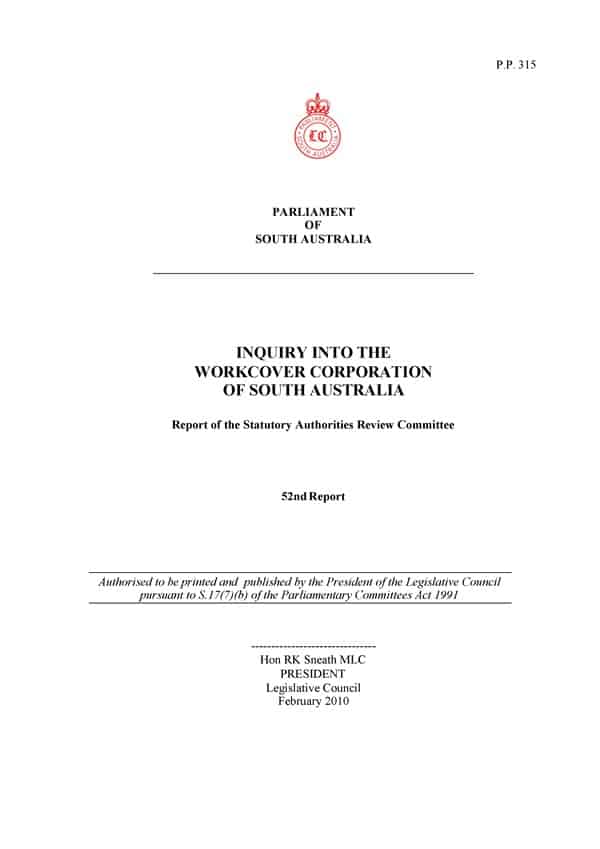The Australian Capital Territory has released a package of new OHS material on workplace bullying. The package includes
 “advice on responsibilities under the Work Safety Act 2008 with regard to bullying
“advice on responsibilities under the Work Safety Act 2008 with regard to bullying- a Checklist for Employers
- Guidance on how to take a risk management approach to workplace bullying, as is required by the Work Safety Act 2008
- Guidance on how to implement a complete Complaint Resolution process in respect of workplace bullying
- two new training programs available from the Office of the Work Safety Commissioner – Workplace Bullying Awareness for workers and Prevention and Management of Workplace Bullying for more senior staff Continue reading “New OHS resources on workplace bullying”

